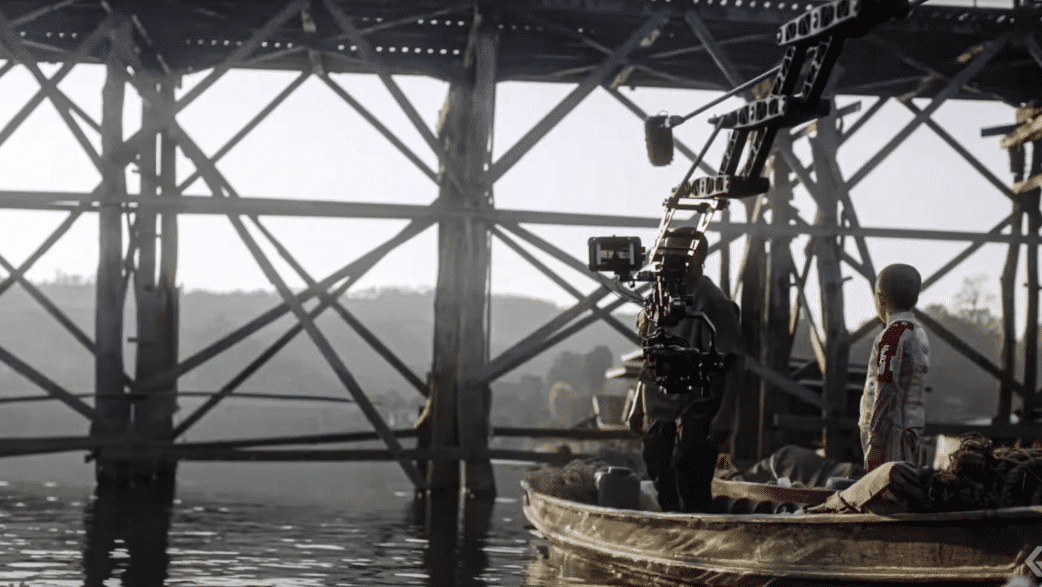For all the talk about technology “democratizing” filmmaking, it has also led to another revolution: introducing new degrees of creative freedom. Ideas and entirely new ways to make films that would have been impossible (or impossibly expensive) are now achievable, and they’re changing the face of filmmaking at every level. The Creator is perhaps the best example of this new-found freedom so far. With what in Hollywood circles is considered to be a small budget, the film has blown viewers away with its novel approach, its ambition and its spectacular quality.
Behind the scenes, there’s an intriguing and surprising story, even more so when you realize that you can watch The Creator in the ultra-critical viewing environment of IMAX theaters – traditionally thought of as the highest-quality format for cinemas. IMAX inevitably makes you think of “traditional” Hollywood-type cameras, expensive lenses, massive crews and powerful, energy-sapping lighting rigs. It also makes you think “big budget”. The Creator dared to change all of that.

